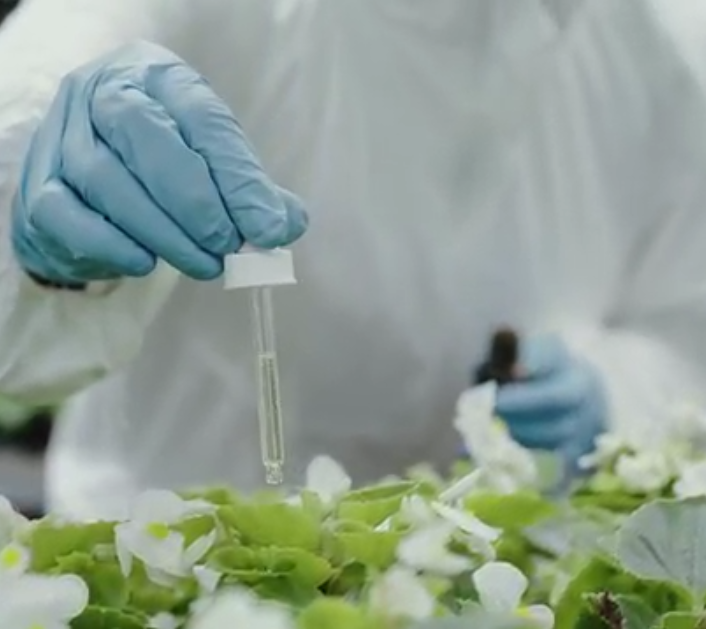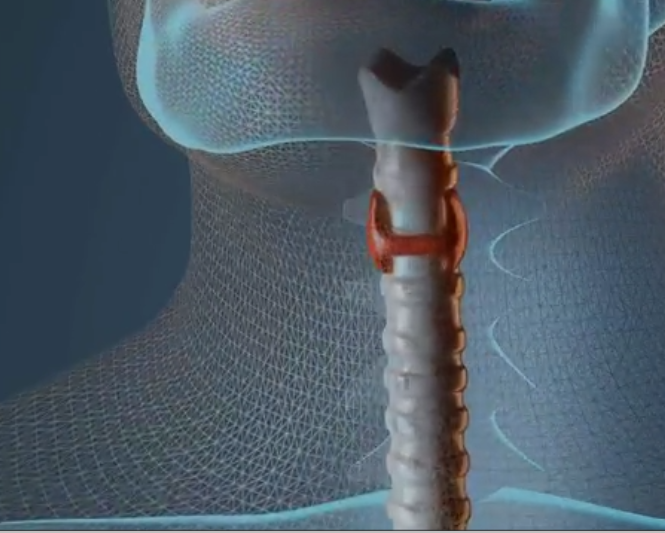Check the ingredients!
... live healthy!


| "Descrizione" by Al222 (19285 pt) | 2024-May-04 10:23 |
| Evaluation | N. Experts | Evaluation | N. Experts |
|---|---|---|---|
| 1 | 6 | ||
| 2 | 7 | ||
| 3 | 8 | ||
| 4 | 9 | ||
| 5 | 10 |
Normalmente i nitrati si trovano nell'acqua e in molti alimenti. Non sono tossici, ma possono trasformarsi in nitriti all'interno del nostro organismo. In questo caso potrebbero creare problemi salutari. Lo IARC ha incluso i nitrati/nitriti nel gruppo di possibili cancerogeni (1).
La quantità di nitrati nell'acqua (sia potabile che minerale) non deve superare i 50 mg/L.
Studi
In generale, ci sono cinque fonti principali di esposizione al nitrato e al suo nitrito del metabolita: esposizione ambientale / atmosferica all'ossido nitrico (NO) e azoto, esposizione alimentare a nitrati e nitriti negli alimenti e nell'acqua potabile e produzione endogena di NO e deglutizione di saliva ricca di nitrati (2).

La maggior parte dell'azoto reattivo, ovvero NO, biossido di azoto, acido nitrico, ossido nitroso, nitrito, nitrato, ammoniaca, ossidi di azoto e composti organici come urea, ammine, proteine e acidi nucleici, nell'ambiente proviene dall'agricoltura sotto forma di fertilizzanti e rifiuti di origine animale (3).
Nitrato e NO sono noti per influenzare il metabolismo dello iodio della tiroide. Il nitrato è un inibitore competitivo del simbionte sodio-iodio e impedisce l'assorbimento di ioduro da parte della ghiandola. La sintesi dell'ormone tiroideo viene quindi compromessa, portando a un aumento della tireotropina. La risultante stimolazione cronica della tiroide può portare a cambiamenti proliferativi, tra cui ipertrofia e iperplasia e neoplasia (4).

Ci sono anche i lati positivi dei nitrati: questa recensione discute le importanti funzioni biologiche emergenti della via nitrato-nitrito-NO e mette in luce studi che implicano il potenziale terapeutico del nitrato e del nitrito in condizioni quali infarto miocardico, ictus, ipertensione sistemica e polmonare e ulcera gastrica (5).
Sicurezza
Come per tutti i composti chimici, la regola è sempre di non esagerare nell'assunzione.
Formula molecolare NO3-
Peso molecolare 62.004
CAS 14797-55-8
Bibliografia_______________________________________________________________________
(1) http://www.airc.it/cancro/disinformazione/nitrati-acqua
(2) Drozd VM, Branovan I, Shiglik N, Biko J, Reiners C. Thyroid Cancer Induction: Nitrates as Independent Risk Factors or Risk Modulators after Radiation Exposure, with a Focus on the Chernobyl Accident. Eur Thyroid J. 2018 Mar;7(2):67-74. doi: 10.1159/000485971. Epub 2018 Jan 11. PMID: 29594057; PMCID: PMC5869559.
Abstract. In recent decades, differentiated thyroid cancer (DTC) incidence has been increasing worldwide. The important contributions to this phenomenon of "overdiagnosis" driven by wider use of improved ultrasound systems are amply documented, notwithstanding the "real" carcinogenic effects of ionizing radiation, e.g., from the Chernobyl accident or health care interventions. Less well understood is the role of nitrates - as environmental pollutants, in diet, and in medication - in thyroid carcinogenesis. Increasing exposure to nitrates is associated with rising incidence of esophageal, stomach, bladder, and colon cancers. Recent data suggest that in agricultural areas with higher mean nitrate levels in groundwater, DTC risk is also elevated. Our work in Belarus after Chernobyl has shown that children in districts with high nitrate concentrations in drinking water had significantly higher thyroid cancer incidence after irradiation than did their counterparts in areas with lower nitrate concentrations. Notwithstanding thyroid shielding, increasing use of computed tomography and dental X-rays heightens radiation exposure of the salivary glands in the general population, especially in children and adolescents. When nitrate intake is increased, salivary gland irradiation may potentially result in carcinogenic elevations in plasma nitric oxide concentrations. In conclusion, excess nitrate intake seems to be an independent risk factor for DTC. Additionally, we hypothesize from our data that high nitrate levels modulate the carcinogenic effect of radiation on the thyroid. Cohort studies, case-control studies, or both, are needed to quantify the effects of nitrates on DTC risk in the presence or absence of radiation exposure, e.g., that associated with diagnostic or therapeutic health care interventions.
(3) World Health Organization . Geneva: WHO; 1995. Evaluation of certain food additives and contaminants. Forty-fourth report of the Joint FAO/WHO Expert Committee on Food Additives. WHO Technical Report Series 1995; No. 859
(4) van Maanen JM, van Dijk A, Mulder K, de Baets MH, Menheere PC, van der Heide D, Mertens PL, Kleinjans JC. Consumption of drinking water with high nitrate levels causes hypertrophy of the thyroid. Toxicol Lett. 1994 Jun;72(1-3):365-74. doi: 10.1016/0378-4274(94)90050-7. PMID: 8202954.
Abstract. We studied the effect of nitrate contamination of drinking water on volume and function of the thyroid in human populations exposed to different nitrate levels in their drinking water. Two sets of low and medium (tap) water, respectively medium and high (well) water nitrate exposure groups were compared. Drinking of nitrate-contaminated water was dose-dependently related with 24-h urinary nitrate excretion and salivary nitrate levels. No iodine deficiency was observed in any of the nitrate exposure groups. A dose-dependent difference in the volume of the thyroid was observed between low and medium vs. high nitrate exposure groups, showing development of hypertrophy at nitrate levels exceeding 50 mg/l. An inverse relationship was established between the volume of the thyroid and serum thyroid stimulating hormone (TSH) levels.
(5) Lundberg JO, Weitzberg E, Gladwin MT. The nitrate-nitrite-nitric oxide pathway in physiology and therapeutics. Nat Rev Drug Discov. 2008 Feb;7(2):156-67. doi: 10.1038/nrd2466.
Abstract. The inorganic anions nitrate (NO3-) and nitrite (NO2-) were previously thought to be inert end products of endogenous nitric oxide (NO) metabolism. However, recent studies show that these supposedly inert anions can be recycled in vivo to form NO, representing an important alternative source of NO to the classical L-arginine-NO-synthase pathway, in particular in hypoxic states. This Review discusses the emerging important biological functions of the nitrate-nitrite-NO pathway, and highlights studies that implicate the therapeutic potential of nitrate and nitrite in conditions such as myocardial infarction, stroke, systemic and pulmonary hypertension, and gastric ulceration.
| Evaluate |